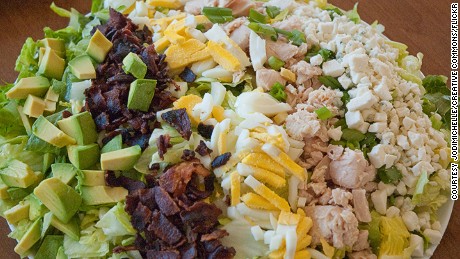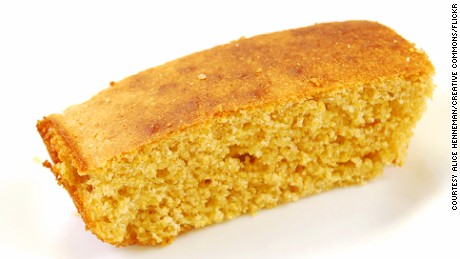American food: The 50 greatest dishes
Dana Joseph, CNN • Published 12th July 2017, http://www.cnn.com/travel/arti...od-dishes/index.html
(CNN) — Fast, junk, processed -- when it comes to American food, the country is best known for the stuff that's described by words better suited to greasy, grinding industrial output.
But Americans have an impressive appetite for good stuff, too.
To celebrate its endless culinary creativity, we're throwing our list of 50 most delicious American food items at you.
We know you're going to want to throw back.
Ground rules: acknowledge that even trying to define American food is tough; further acknowledge that picking favorite American items inevitably means leaving out or accidentally overlooking some much-loved regional specialties.
Now get the rubber apron on because we're going first. Let the food fight begin.


















